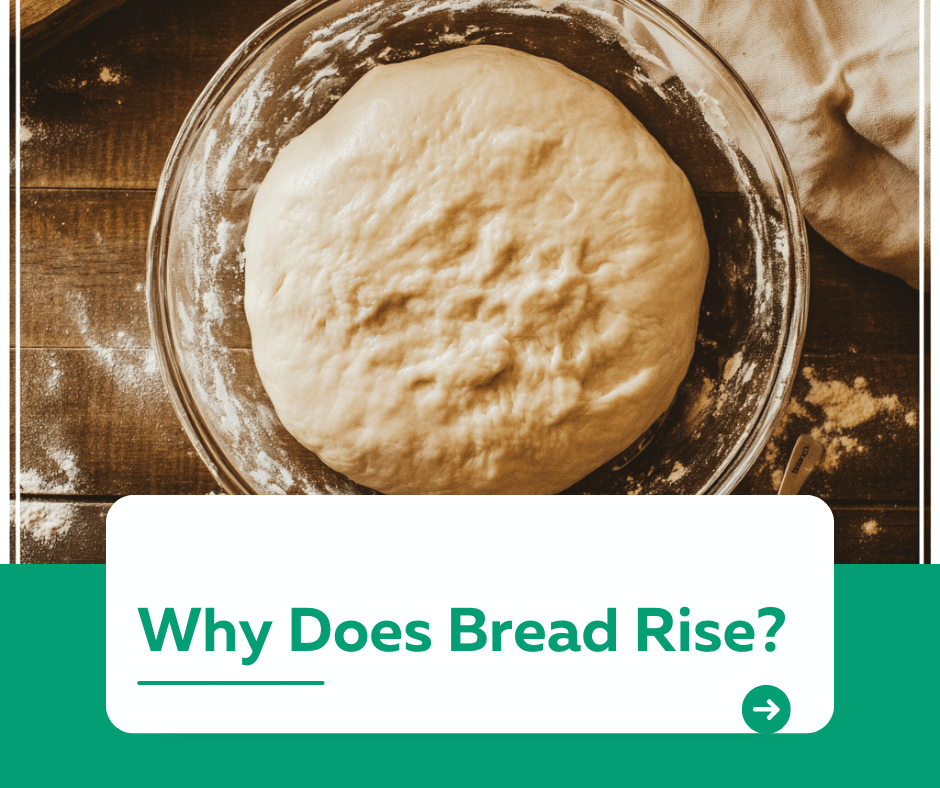
Introduction
“Why does bread rise?”
The process of bread rising is a fascinating combination of science and artistry. At its core, bread rises due to yeast and other leavening agents that produce gases trapped by the dough’s structure. This guide dives into the science behind bread rising, explains the role of key ingredients, and offers tips for achieving the perfect loaf every time.
1. The Role of Yeast in Bread Rising
Yeast is a microorganism that plays a central role in making bread rise.
- How It Works:
- Yeast consumes the sugars in flour and produces carbon dioxide (CO₂) and alcohol as byproducts.
- The CO₂ creates bubbles that make the dough expand.
- Types of Yeast:
- Active Dry Yeast: Requires activation in warm water.
- Instant Yeast: Can be added directly to dry ingredients.
- Fresh Yeast: Common in artisanal baking, provides a more complex flavor.
Tip: Ensure your yeast is fresh and active to get the best rise.
2. The Role of Gluten
Gluten, a protein found in wheat flour, creates the structure needed to trap the gases produced by yeast.
- How It Works:
- When flour is mixed with water and kneaded, gluten forms elastic strands.
- These strands stretch and create a network that traps the CO₂, allowing the dough to rise.
Tip: Proper kneading is essential for developing gluten and achieving a good rise.
3. Temperature and Its Effect on Rising
Temperature greatly influences how quickly and effectively bread rises.
- Warm Temperatures (75–85°F): Ideal for yeast activity, resulting in a steady rise.
- Cold Temperatures: Slow down yeast activity, often used in cold fermentation for flavor development.
- Hot Temperatures (>120°F): Can kill yeast and prevent rising.
Tip: Use a warm, draft-free environment for proofing your dough.
4. The Role of Sugar and Salt
Both sugar and salt impact the rising process:
- Sugar: Feeds the yeast, speeding up fermentation and adding flavor.
- Salt: Strengthens gluten and controls yeast activity to prevent over-rising.
Tip: Always measure sugar and salt accurately to maintain the balance.
5. Common Issues with Bread Rising
- Dough Didn’t Rise:
- Yeast may be expired or killed by hot water.
- The environment may be too cold.
- Dough Over-Rose:
- Yeast was too active due to excess sugar or warm temperatures.
- Dough was left to proof for too long.
Tip: Stick to recommended proofing times and monitor dough closely.
Conclusion
Bread rises because of the interaction between yeast, gluten, and the right conditions. By understanding the science behind this process, you can troubleshoot common issues and bake the perfect loaf every time. Whether you’re a beginner or an experienced baker, mastering these fundamentals will elevate your bread-baking skills.
For more baking tips and techniques, visit our Kuestion.com.